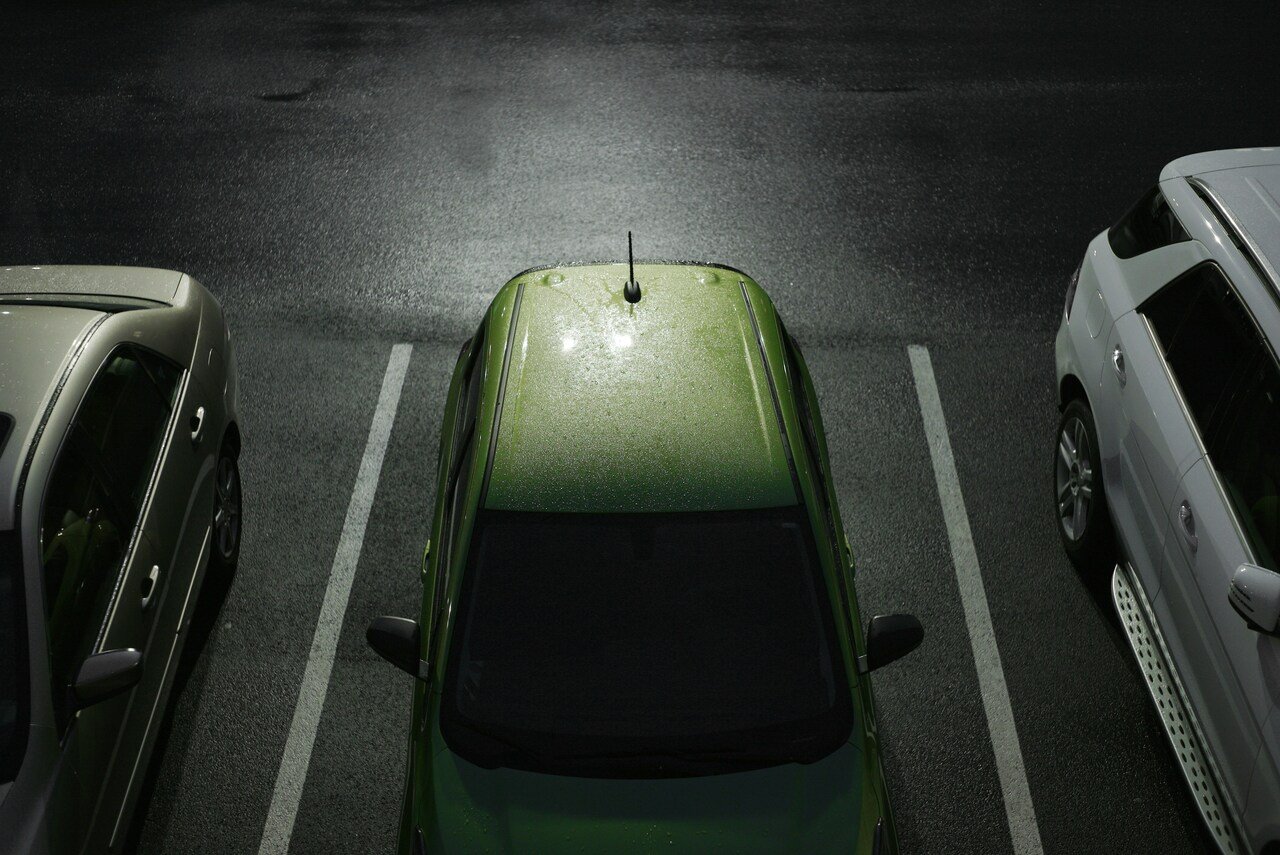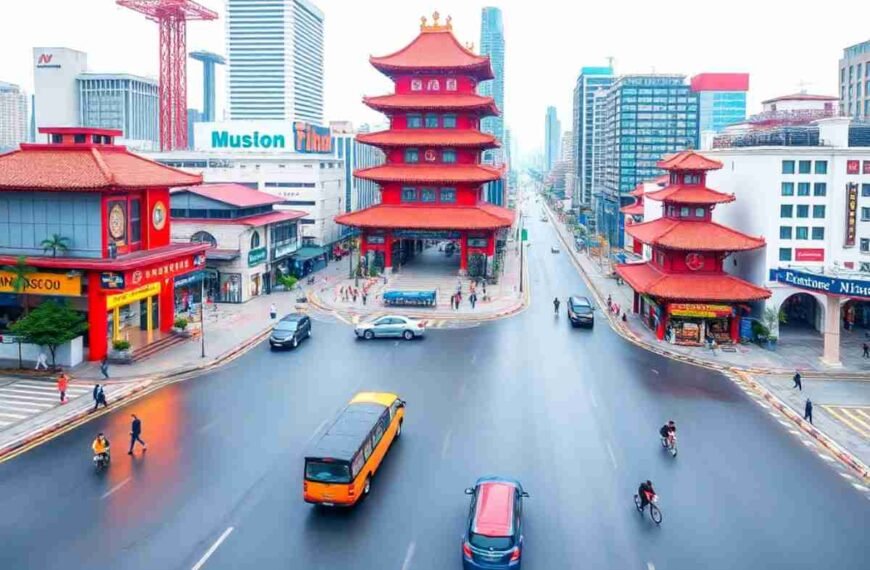A car park is a unique environment to design, requiring a lot of careful safety consideration. Not only is it often isolated, especially when located underground, but it has to accommodate both moving vehicles and pedestrians in a relatively tight space. In this article, we’ll discuss how effective traffic management can help prevent incidents as well as improve overall efficiency.
Car park risks in the UK
Car park incidents are much more common than one may think. In fact, according to statistics by Thompsons Scotland, they cover around 20% of all insurance claims in the UK. This equals approximately 6 million accidents a year, making up a hefty £1.4 billion in related costs for British motorists annually. But what causes this in such a low-speed driving environment? The core issue lies in the increasing trend of large vehicles. For instance, a modern Range Rover is over 2 meters wide, but the average parking bay in Britain is around 4.8 meters long and 2.4 meters wide. This leaves mere centimeters of clearance, which drastically increases the probability of scraping or, even worse, collision.
Additionally, car parks can also be a high-risk environment for pedestrians when the layout is not well-designed and there is a lack of proper maintenance. Unlike a busy road, people assume walking in a car park is safer, as vehicles drive slower. However, that’s not always the case. Luckily, something as simple as well-placed car park safety signs and speed bumps can minimise these risks significantly.
Strategic use of signage and markings
Effective car park traffic management hinges on authoritative control points and clear signage. While it’s possible to design your own custom signs, they must adhere to the UK Highway Code. This means that widely recognisable shapes, symbols, colours, and wording is being used, avoiding potential confusion.
However, just adding them anywhere is not enough. Their placement must be thought through for optimal results. For example, a stop sign that is too close to the junction line will fail to provide enough reaction time for the driver, making it ineffective. Instead, the ideal stop sign placement would give them the right distance and visibility, providing adequate time to react. The further the distance (10 meters and more), the larger the sign itself needs to be.
The same goes for the markings on the floor. The pedestrians should have a clear, dedicated walking area to and from the car park, including crossings during the busiest times. These should be well-lit and placed in areas visible to the drivers, not on busy junctions. The overall layout should acknowledge the trend of larger cars, avoiding barriers that obstruct maneuvering or lead to bottlenecks when drivers struggle to park quickly due to tight spaces.
Strategically-placed speed bumps are also an effective way to manage traffic, forcing drivers to slow down in busy areas with pedestrians. These are most necessary before a crossing, next to entrance and exit points, or any sections with sharp turns and limited visibility of incoming traffic.
Improved visibility and security
Poor lighting is one of the biggest hazards when it comes to both accidents and crime. The drivers must be able to see pedestrians as well as any signage regardless of the weather conditions or time of the day. Therefore, the whole area should be lit properly, leaving no dark spots or deep shadows behind. This is where high-visibility traffic signs also come into play, using a particularly reflective type of material to maintain visibility even in low-light conditions. Similarly, LED parking lot fixtures are an increasingly common solution, utilising energy-efficient LED technology to illuminate signs and markings.
Beyond lighting, organisations must ensure parking lot safety through constant monitoring and crime prevention methods. Unfortunately, parking areas are a hot spot for theft and assault, with over 55,000 annual violence offenses recorded across England alone, according to Your Harlow statistics. Vulnerable areas should be protected with 24/7 CCTV cameras or even security staff on-site, minimising these risks. Clear signage must inform offenders that they are being filmed, further deterring criminal activities.
Proactive maintenance
Given the many safety concerns, ensuring parking lot safety is not a one-time task. It’s an ongoing commitment where regular scheduled maintenance should be performed. This would include checking the signs for any damages or vandalism as well as road markings and bay lines to make sure they are sharp and unfaded. Moreover, any electrical appliances, like lighting systems and security cameras should be repaired or replaced in case of failure.
Besides the existing checklist, it’s also important to conduct regular safety audits that show new and unforeseen issues that may lead to incidents. For example, the draining system is not sufficient and the car park develops slippery areas during the colder months. Or, perhaps, the vehicles are behaving in an unexpected manner, prompting the need for more barriers to control the traffic.
A tailored approach to car park safety
Each car park is different and the specific safety measures will depend on its unique layout and challenges, which makes the process particularly complex. However, there are certain questions you may ask yourself when designing and managing the parking area. Click here for official risk assessment guidance from the Health and Safety Executive.









